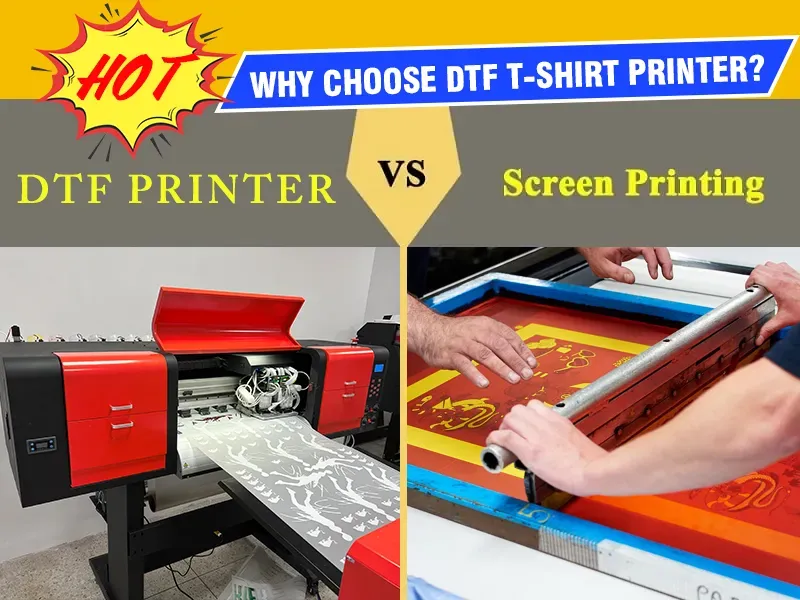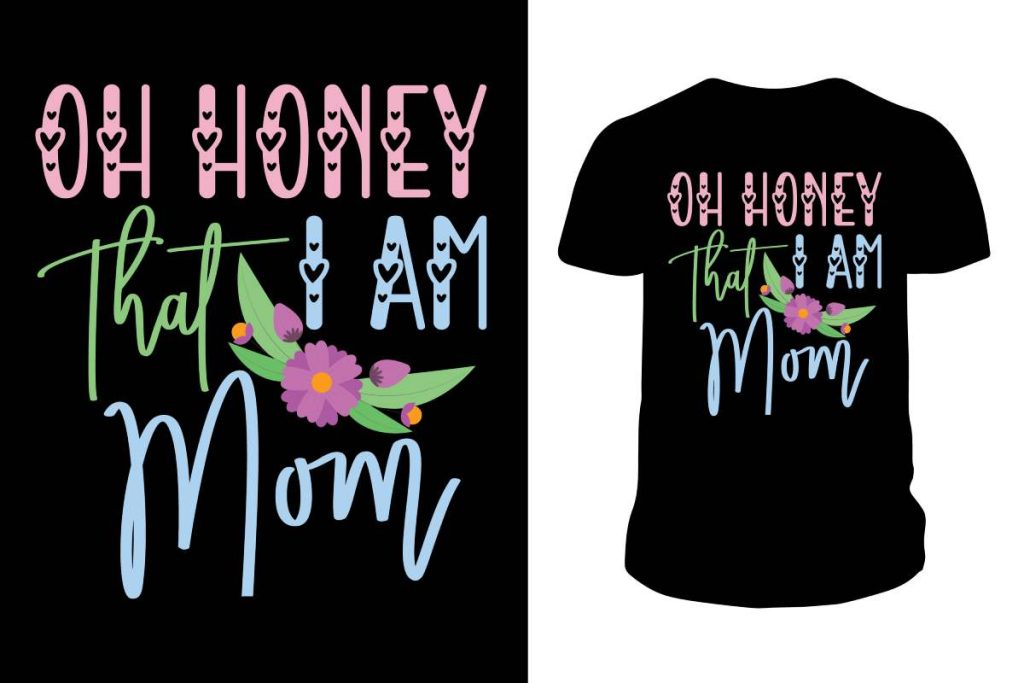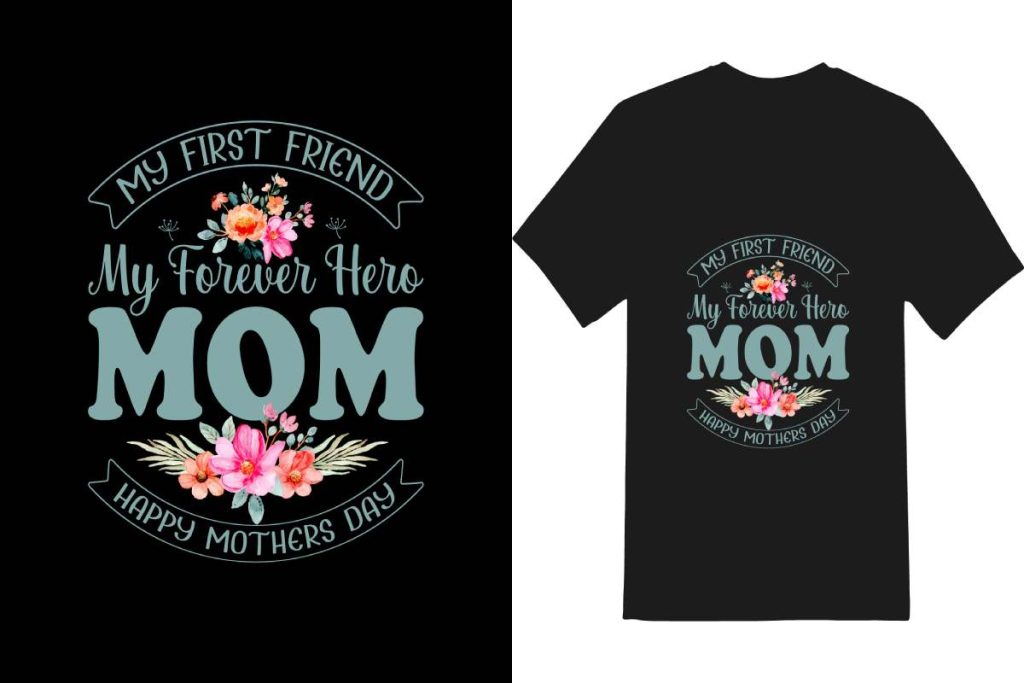In the world of custom apparel printing, understanding the differences between DTF transfers and screen printing is essential for achieving the best results for your designs. DTF transfers, or Direct to Film transfers, have entered the scene as a modern alternative to traditional screen printing, offering unique benefits that cater to diverse needs in graphic t-shirt printing and apparel personalization. Whether you’re a small business or an individual looking to create standout pieces, choosing between DTF and screen printing can significantly impact your project’s quality and turnaround. This article explores the nuanced comparison between DTF transfers and screen printing, highlighting how each method can serve various printing objectives effectively. By the end, you’ll have the insights needed to navigate these two popular printing techniques and make an informed choice for your custom apparel endeavors.
When it comes to apparel customization, individuals and businesses often weigh their options between direct film transfers and traditional stencil printing methods. These techniques represent two powerful approaches to fabric decoration, each bringing distinct advantages and limitations to the table. Direct-to-film printing, known for its versatility and vibrant color output, contrasts sharply with the bulk-friendly and durable nature of screen printing. As we dive deeper into these two methodologies, we will examine their specific characteristics, helping you understand which printing process suits your artistic needs and production goals. Ultimately, whether you lean towards DTF transfers or screen printing, understanding how they align with your project can lead to satisfying results.
Understanding DTF Printing
**Direct to Film (DTF)** printing is revolutionizing the way we approach custom apparel printing. This technology involves printing a design onto a special film, which is then transferred onto fabrics through heat and pressure. The method has gained traction due to its compatibility with various materials, including cotton and polyester. This versatility allows businesses to offer a broader range of products, appealing to customers who seek both quality and variety in fabric choices.
Another essential aspect of DTF printing is its impressive color fidelity. The prints produced are not only vibrant but also capable of capturing intricate details in the designs. This quality makes DTF an excellent choice for graphic t-shirt printing, where visual appeal is paramount. As customers increasingly demand unique and colorful designs, DTF technology is stepping up to meet these expectations, positioning itself as a strong contender in the custom apparel market.
Benefits of Screen Printing
**Screen printing** has long been regarded as a staple in the world of apparel personalization, especially for those looking to produce large volumes. This method is characterized by its efficiency in producing bulk items, making it a favorite for businesses that require extensive runs, such as promotional campaigns or uniform manufacturing. As the cost per item decreases with the quantity produced, many organizations find screen printing to be a financially savvy option for their customization needs.
Moreover, one of the defining features of screen printing is the durability of its prints. The inks used are designed to withstand regular wear and tear, ensuring that the designs remain vibrant and intact even after numerous washes. For businesses looking to provide high-quality apparel that can endure the rigors of everyday wear, screen printing presents an ideal solution, making it a preferred choice among those prioritizing long-lasting products.
DTF Transfers vs. Screen Printing: A Comparative Analysis
When evaluating **DTF Transfers vs. Screen Printing**, it’s important to consider factors such as setup times and cost efficiency. DTF printing typically requires a shorter setup process, which is beneficial for smaller orders or one-off designs. In contrast, screen printing, while more labor-intensive initially, becomes exponentially more cost-effective as order quantities increase. This aspect often leads to a dedicated choice for businesses anticipating bulk orders.
Additionally, the versatility of DTF transfers allows for experimentation with different fabrics and designs. In comparison, screen printing is often limited by material choice, making DTF a preferable option for businesses aiming to cater to diverse fabric needs without altering their production process dramatically. Choosing the right method can significantly impact the final product and customer satisfaction.
The Rising Popularity of DTF Printing
In recent years, **DTF printing** has surged in popularity thanks to its innovative capabilities. Companies like Sam’s DTF Transfers have emerged as leaders in this niche, emphasizing quality and efficiency that meet modern demands for customized apparel. These advancements have made DTF technology more accessible, encouraging small businesses and independent creators to explore custom printing options without the constraints traditionally associated with methods like screen printing.
Global acceptance of DTF printing is also on the rise, with international suppliers introducing user-friendly solutions that accommodate a variety of printing needs. For instance, the compact DTF printers from AM.CO.ZA cater to locations that may have previously relied on more limited technologies. This broad adoption reflects not only the growth in the custom apparel market but also the shift in consumer expectations towards more versatile and quicker production capabilities.
Choosing the Right Method for Your Apparel Needs
The decision to go with **DTF transfers** or screen printing ultimately depends on your specific requirements. If you’re focused on smaller batches and intricate designs, DTF provides flexibility and stunning results. It is particularly advantageous for those new to custom apparel printing, allowing for minimal upfront investment while maintaining high-quality outputs.
Conversely, businesses geared towards mass production will likely benefit from the efficiency and durability that screen printing offers. This method is particularly effective for simple designs where color complexity is minimal, ensuring that cost and time efficiency are maximized. Understanding the strengths and limitations of each printing method is essential for making informed decisions that align with your branding and customer expectations.
Future Trends in Apparel Customization
The apparel customization industry is witnessing shifts that indicate a promising future for technologies like DTF printing. As consumer preferences gravitate towards personalized, high-quality products, businesses are exploring innovative printing methods that align with these trends. DTF printing, with its ability to efficiently cater to individual design preferences, stands to gain even more traction in the marketplace.
Moreover, sustainability considerations are becoming increasingly relevant in custom apparel printing. Brands are seeking methods that not only enhance the quality of their products but also minimize environmental impact. DTF technology has the potential to adapt to eco-friendly practices, providing a streamlined alternative to traditional methods—further solidifying its place in the future of apparel printing.
Frequently Asked Questions
What are the main differences between DTF Transfers and Screen Printing for custom apparel printing?
DTF Transfers and Screen Printing differ primarily in setup time, versatility, and cost-effectiveness. DTF Transfers have a shorter setup time and are highly versatile, being suitable for various fabric types. On the other hand, Screen Printing is more cost-effective for large orders and offers excellent durability.
Is DTF Printing better than Screen Printing for graphic t-shirt printing?
DTF Printing can be better than Screen Printing for graphic t-shirt printing, especially for small batches and complex designs. It produces vibrant colors and handles intricate details well, making it ideal for custom apparel with high color fidelity.
When should I prefer DTF Transfers over Screen Printing for apparel personalization?
You should prefer DTF Transfers over Screen Printing when dealing with small batch customizations, various fabric types, or complex designs. DTF’s efficiency and versatility make it an excellent choice for personalized apparel.
What are the cost implications of choosing DTF Printing versus Screen Printing for bulk orders?
For bulk orders, Screen Printing is generally more cost-effective due to lower per-unit costs as quantity increases. In contrast, DTF Printing may have higher costs per unit for large quantity orders but offers benefits in design complexity and fabric compatibility.
How do DTF Transfers compare with Screen Printing in terms of color fidelity?
In terms of color fidelity, DTF Transfers typically provide excellent color reproduction and vivid details, especially for complex designs. Screen Printing also offers great color quality but may be less effective with detailed graphics depending on color palettes and fabric types.
What equipment is needed for DTF Printing compared to Screen Printing in custom apparel printing?
DTF Printing requires a DTF printer, heat press, and transfer film, making the setup simpler and quicker. Screen Printing, however, requires screens, squeegees, and a more extensive setup, which can be labor-intensive and time-consuming.
| Feature | DTF Transfers | Screen Printing |
|---|---|---|
| Setup Time | Short | Longer |
| Versatility | High (various fabric types) | Moderate (specific fabrics) |
| Color Fidelity | Excellent | Very good |
| Cost for Small Orders | Low | High |
| Durability | Good | Excellent |
Summary
DTF Transfers vs. Screen Printing present distinct advantages and challenges that can significantly influence apparel customization choices. DTF transfers excel particularly in flexibility and vivid color reproduction, making them ideal for small batches and intricate designs. Screen printing, on the other hand, remains a trusted method for large volume orders due to its cost-effectiveness and durability. As the market shifts with advances in DTF technology, potential users are encouraged to weigh the specifics of their projects against these methods’ unique strengths. Ultimately, understanding your printing needs will lead you to the best option for your creative vision.



